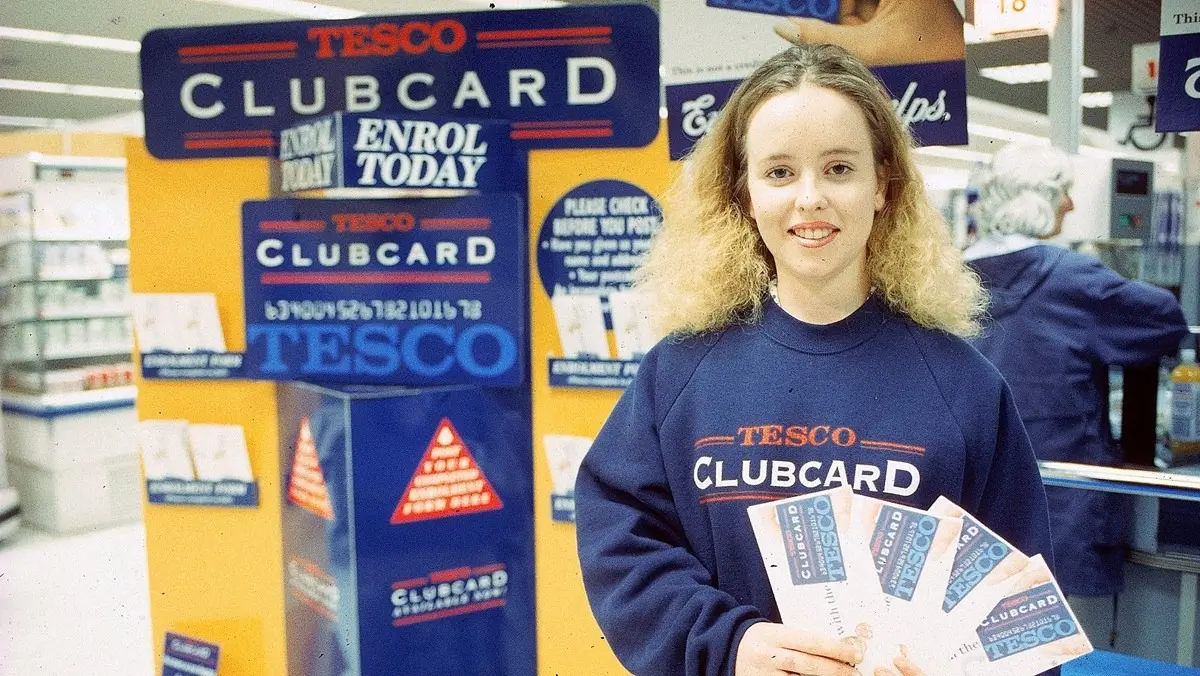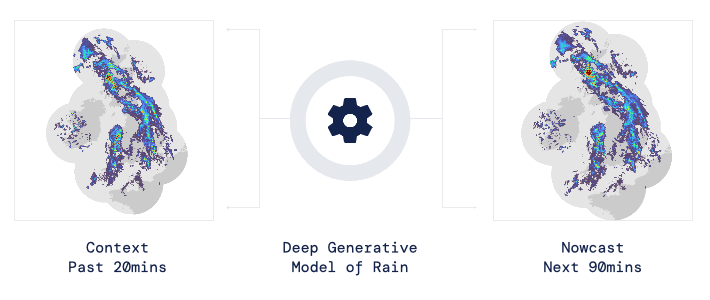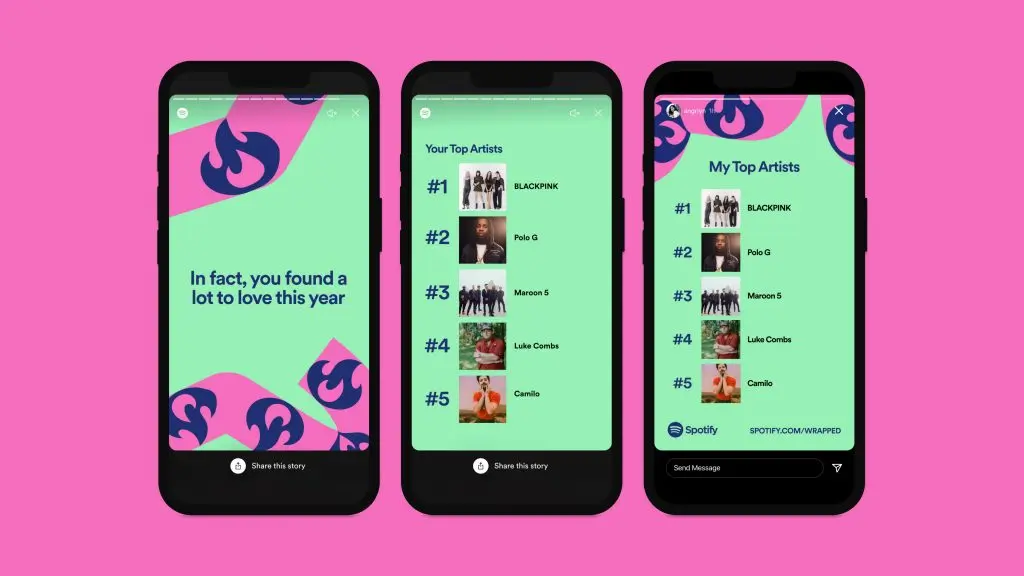Organizations large and small use big data to inform their strategies and enhance their offerings. This is no longer the exception, but the rule.
According to data consultancy NewVantage, 97% of U.S.-based companies invested in big data and 91 in AI in 2022—evidence (if we needed it) that data analytics is more than just a 21st century fad. The message here is bell-clear: data analytics is the lifeblood of successful businesses.
We’ve done some real digging to uncover interesting companies that are using data analytics in novel ways.
If you fancy trying out data analytics for yourself, then take this 5-day data course for a ride.
From a few you’ve heard of, to a couple you definitely haven’t, here are seven interesting companies using data analytics:
Let’s take a closer look.
1. Tesla
Of the many companies using data analytics, few capture the imagination more than Tesla. The brainchild of eccentric, controversial billionaire Elon Musk, Tesla is an electric vehicle company that’s transforming the automobile market.
But Tesla offers more than just a green revolution—the company is also positioning itself to win the lion’s share of the future self-driving car market. While autonomous vehicles aren’t readily available yet (or even, in most places, legal), all Tesla cars have autopilot functionality.
Essentially a fancy version of cruise control, this allows cars to steer, brake, and accelerate autonomously, as long as the driver has their hands on the wheel. But in anticipation of a driverless future, Tesla’s computers already have inbuilt, fully autonomous driving functionality. Jumping the gun a bit? Perhaps. But it’s interesting to see how it works.
And how does it work? You got it: data analytics. Each of Tesla’s vehicles processes vision, sonar, and radar data using neural net software. They also use ‘fleet learning’, whereby cars share data as they pass each other, improving their overall analytics processes. Essentially, we’re talking about a fleet of automated vehicles sharing real-world insights to ensure our safety.
However you feel about self-driving cars, or Musk himself, there’s no denying that’s pretty awesome!
2. Tesco

Another interesting company using data analytics is the UK-based grocery chain, Tesco.
Back in 1995—long before internet shopping was harvesting our data at the click of a button—Tesco launched a new rewards scheme called Tesco Clubcard. The idea was simple enough: for each transaction the customer carried out, they’d present their Clubcard and earn points to spend in-store. In exchange, Tesco collected a record of the sale, associated with the customer’s name and postcode.
By today’s standards, the data Tesco collected was pretty limited, but it provided incredible insights. Using data analytics, Tesco learned that a few loyal customers accounted for most of their sales. They also figured out how far people were willing to travel to their stores.
Armed with these insights, Tesco created tailored coupons and offers to nudge customer behavior, rewarding high spenders and encouraging casual customers to engage more with the store. Within months of launching, Clubcard customers were spending 4% more than non-Clubcard customers.
Over time, Tesco began collecting more detailed data about customer buying habits, favorite products, and so on. While the digital era has made data collection far easier, we still think Tesco is worthy of a mention. The pioneering Clubcard helped put rewards schemes on the map and supported Tesco in becoming the UK’s largest grocery store chain, beating all of its competitors. A masterclass in using data to transform your fortune!
3. DeepMind

Don’t you hate when you plan your day around the weather, only to find out the forecast got it wrong? No disrespect to meteorologists, of course—they do their best with the data available to them.
But considering the complexity of weather systems and the limited time available for data analysis, weather forecasts give short shrift to the idea that data analytics can predict the future. It makes informed guesses, sure, but it’s no crystal ball.
However, it seems Google-backed artificial intelligence (AI) company, DeepMind, didn’t get the memo. DeepMind, famed for its AlphaGo computer program and for solving biology’s famous protein folding problem, now has its sights on short-term weather forecasting (or ‘nowcasting’). While many weather modeling systems predict the weather quite well in the longer-term, short-term prediction is something meteorologists have long struggled to achieve.
To solve this, DeepMind created a new generative machine learning model that can yield new data points based on training data. Called DGMR (Deep Generative Model of Rainfall), it uses past data to produce short ‘radar movies’ that can predict the possibility of rainfall over the next two hours.
The program already has approval from meteorologists across the UK, and is now being built into existing weather prediction systems. Pretty cool, eh? (For more detail, check out the full case study)
4. HR Wallingford

HR Wallingford is one interesting company we bet you haven’t heard about yet! But they’re doing amazing things with data analytics.
While DeepMind may help us see if we’ll get wet in the next couple of hours, longer-term weather patterns have implications for far more pressing issues–especially the spread of disease. In particular, as the climate crisis worsens, global disease is proving to be a growing problem. One in particular affects over half the world’s population: the mosquito-borne viral disease, dengue fever.
HR Wallingford, which aims to solve the world’s most complex water-related challenges, is leading a consortium of research organizations. Their aim? To develop a sophisticated dengue forecasting system called D-MOSS (Dengue forecasting MOdel Satellite-based System). Funded by the UK Space Agency’s International Partnership Program, D-MOSS provides early warning for dengue outbreaks in six key South Asian countries: Cambodia, Laos, Malaysia, Thailand, Philippines, and Sri Lanka.
Combining seasonal meteorological data, earth observation data, and data from past dengue outbreaks, the system uses pioneering data analytics and machine learning algorithms to predict outbreaks up to seven months in advance. Significantly, much of the data comes from orbiting Earth observation satellites.
So the next time you hear someone arguing that we should spend our money on solving the world’s problems before going to space, you can show them D-MOSS as proof that the two aren’t mutually exclusive!
5. Spotify

Back down to Earth for a moment. We all know companies like Netflix use data analytics to drive their recommendation engines, or that Google uses it for search and spam filtering. In short, big data is big business in big tech.
However, most examples of data analytics in these spheres cite applications that occur behind the scenes, like app development and strategy. Powerful though these uses are, we love a bit of data analysis front and center. Enter Spotify. While they use data for many backend purposes, too, their annual Spotify Wrapped campaign is a cracking example of how data can offer fascinating insights into people’s musical tastes.
Launched in December 2016, Spotify Wrapped is an annual campaign that gives users a summary of their past year’s listening habits, ready to share on social media. It’s just a clever marketing campaign, really, but we love how it places data in the spotlight. The campaign has been running for five years now, proving that beautiful data is not just for engineers and data analysts. It’s something listeners can share a little bit of love for, too.
And Spotify Wrapped is more than just free flyering. Using data analytics, the company can tell users if they’re one of a band’s most loyal followers or if they discovered popular music ‘before it was cool’.
These little nudges can help turn data analytics into an emotive story, helping build brand loyalty and generating good vibes… something Spotify has (quite savvily) used to their advantage.
6. Nintendo
Some good news for hardcore gamers: data analytics makes games more beautiful, immersive, and responsive to your needs.
While many gaming companies adopt data analytics to inform the development and delivery of their games, one great example is the Japanese company Nintendo.
Nintendo has installed a brand new graphics chip in the latest release of their handheld Switch console. This is no normal graphics chip. It uses what’s known as deep learning super sampling (DLSS). Adopting AI and machine learning, the chip analyses data and dynamically enhances graphics and renderings so users can experience high-quality visuals with minimal lag. An excellent fit for a handheld device like Nintendo Switch, which has limited processing power. Now users can enjoy graphics they would normally only expect from a computer with a heavy-duty graphics processing unit (GPU). Never has the expression ‘beautiful data’ been more literal!
Enhancing graphics is just the tip of the games development iceberg, though. Other pioneering uses for data analytics are emerging, too. This includes non-scripted computer characters driven by algorithms that respond uniquely to player interactions. There’s also work to incorporate natural language processing so that, in the future, you may be able to interact with a game verbally, just as you would with your voice assistant.
The most promising possibility for data analytics in gaming, though, is using machine learning to automatically generate expansive landscapes. This would save thousands of hours of developer and graphics time.
7. Bristol-Myers Squibb
Last, but not least: global biopharmaceutical company, Bristol-Myers Squibb.
Putting debates about big pharma ethics to one side, there’s no doubt that researchers make innovative use of big data. This ranges from how companies price their products to meta-analyses of existing research to inform which new drugs to develop. However, one mind-blowing use of data analytics in pharmaceuticals is the cross-disciplinary practice of sourcing new drugs from nature.
Deep in the Amazon basin lives the Brazilian pit viper. Slithering around the forests of Brazil, this snake incapacitates its prey using venom that causes a huge plunge in blood pressure. Once the prey passes out: dinner time.
Okay… But what’s this got to do with Bristol-Myers Squibb? Well, back in the 1960s, researchers discovered they could reproduce a protein from the pit viper’s venom and use it in a new blood pressure medication, Captopril, used to treat hypertension. Since then, Captopril has saved millions of lives. Yet, despite this success, there have been just a dozen or so approved drugs developed using animal venom since then.
That might be set to change. Inspired by Bristol-Myers Squibb’s work, researchers at Columbia University have compiled a database called VenomKB (or ‘venom knowledge base’). It contains over 6,000 entries, providing pharmaceutical researchers with central access to venom data, which researchers hope will supercharge the development of new drugs.
With over 40,000 types of venom known to affect human physiology—but only a dozen approved drugs so far—this is a potential goldmine. And that’s the power of data analytics!
Wrap up and further reading
In this post, we’ve explored seven interesting companies using data analytics. From marketing campaigns to life-saving medications, big brands to obscure research companies, the limits of data analytics are the limits of your imagination.
It’s clear that data analytics is not just the latest hot trend; it’s fundamental to the way modern organizations run. From healthcare to entertainment and the sciences to financial services, data analytics is a disciple that is sticking around for the long haul. With so many applications, there are plenty of opportunities to forge a career in the field, too.
Curious to learn more about data analytics? Then sign up for a free, 5-day data analytics short course or read the following introductory topics:
